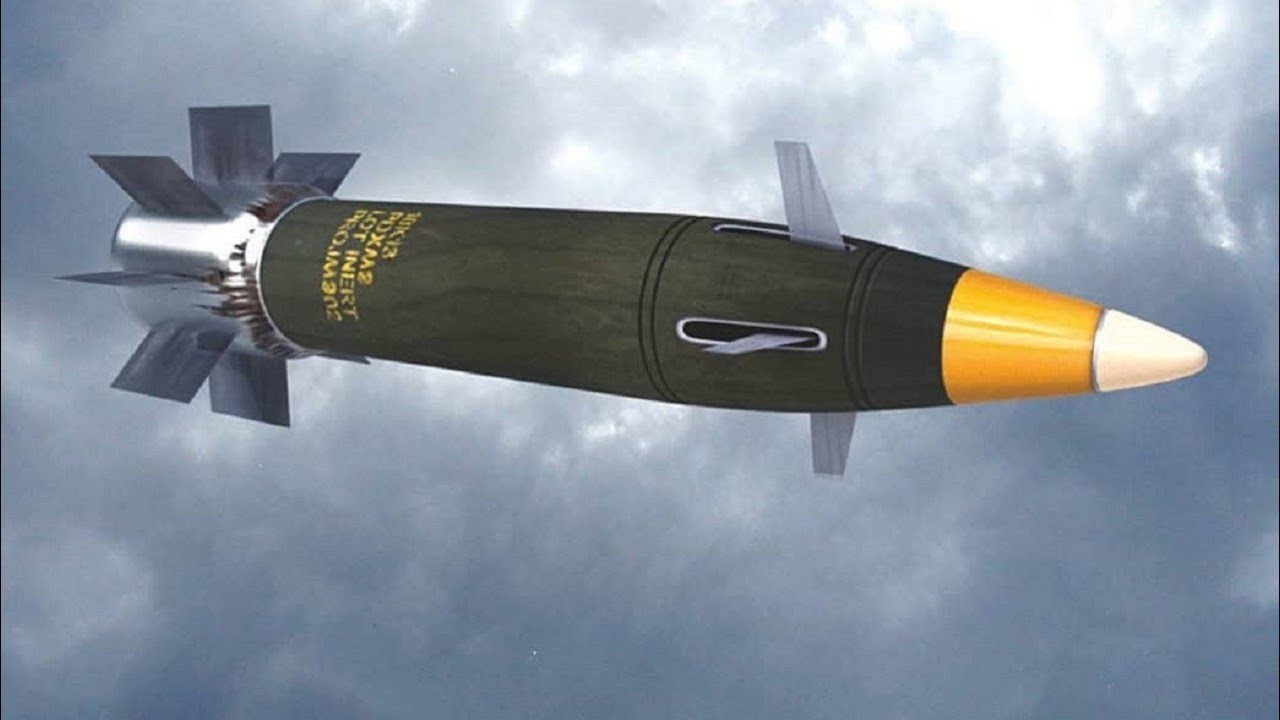Once acknowledged by Russian fighters as a bigger threat than HIMARS, the effectiveness of US-supplied high-precision Excalibur shells has significantly withered in the ongoing conflict, attributed to advancements in Russian electronic warfare.
“This is probably the most dangerous part of the delivery. These Excalibur munitions are equipped with a seeker and can adjust their flight path upon approaching the target. They are GPS-and intertidal-guided,” a DPR People’s Militia spokesperson had earlier said.
“There can be only one countermeasure – effective counter-battery activities, with strikes at warehouses where those munitions are stored and vehicles transporting them to launchers. They must be prevented from ever being delivered to firing positions,” he had added.
Armed Forces of Ukraine Commander-in-Chief General Zaluzhny, in a recent interview with The Economist, talked about the obstacles confronting Ukrainian forces, ultimately leading to a deadlock with Russia.
He underscored that many of these challenges revolve around artillery and pointed out that the Russian military maintains a tactical edge. The Russians have achieved this by deploying novel technologies that enable precise targeting of Ukrainian assets while reducing the efficiency of Ukrainian artillery.
He explained that in this conflict, like in previous wars, artillery, rocketry, and missile launches account for 60% to 80% of all military engagements.
Upon receiving Western artillery last year, Ukrainian forces experienced significant success in identifying and striking Russian artillery positions.
However, Zaluzhny mentioned that the effectiveness of the Excalibur, an American GPS-guided shell, has sharply declined due to the enhanced capabilities of Russian electronic warfare.
The diminishing effectiveness is credited to the presence of Russian Pole-21 electronic warfare (EW) systems.
In his analysis, Vikram Mittal, an associate professor within the Department of Systems Engineering at the United States Military Academy, elucidated that the Pole-21 electronic warfare system employed by the Russian Armed Forces disrupts the critical signals essential for initiating the launch of shells.
Consequently, this interference deviates from the intended trajectory, failing to reach and impact the designated target accurately.
This development underscores the critical enhancement in Russia’s electronic warfare that neutralizes the crucial advantage that Ukrainian forces previously held on the battlefield.
At first, the American M982 Excalibur-guided artillery shells, fired from the M777 Howitzers, displayed remarkable precision in hitting Russian positions. The smaller size of these projectiles posed a challenge for Russian air defense systems and made it hard for Russian forces to target and counter them effectively.
Later, as per EurAsian Times, Moscow initiated enhancements in its air defense systems, enabling them to effectively intercept the artillery shells mentioned above.
Russian Pole-21 Electronic Warfare System
Developed at the Scientific and Technical Center for Electronic Warfare, the Pole-21 system underwent primary design work in the mid-2000s, officially joining the Russian army’s arsenal in 2016.
The Russian army also has the modernized Pole-21M version, while the export variant, Pole-21E, caters to the international market.
Tasked with countering high-precision weapons and other adversary systems reliant on satellite navigation, the Pole-21 system focuses on jamming and suppressing signals from navigation satellites.
The system disrupts the ability of enemy missiles, bombs, aircraft, and other systems to accurately determine their coordinates, thereby hindering the successful execution of their designated missions.
The system’s modular construction simplifies both production and deployment, with the key component being the unified module Pole-21 — a radio station (R-340RP) incorporating instrument and antenna modules.

Each command post comprises one equipment container and up to three antenna modules, with overall control facilitated by a remote panel overseeing 100 posts.
Each antenna jamming module operates within a sector spanning 125 degrees in azimuth and 25 degrees in elevation, effectively covering a range of at least 25 kilometers. Notably, these modules showcase an energy potential ranging from 300 watts to 1000 watts.
However, the system does come with a significant drawback. It is reported that the electronic countermeasures deployed by the Pole-21 system disrupt the GPS radio navigation system used by adversaries and impact domestic users reliant on GPS and its Russian counterpart, GLONASS.

Given these circumstances, the significance of electronic warfare systems has escalated. General Zaluzhny underscored the critical nature of this capability, describing it as a top priority.
Acknowledging that electronic warfare (EW) plays a pivotal role in the ongoing war, he admitted that success hinges on effectively leveraging EW capabilities.
Over the past decade, Russia has modernized its EW forces by establishing a new branch within its army and introducing 60 new types of equipment. In comparison, Ukraine faces a challenge, as 65% of its jamming platforms, when the war began, were remnants of Soviet-era production.
- Contact the author at ashishmichel(at)gmail.com
- Follow EurAsian Times on Google News




